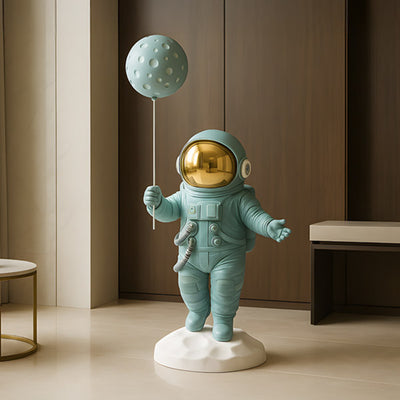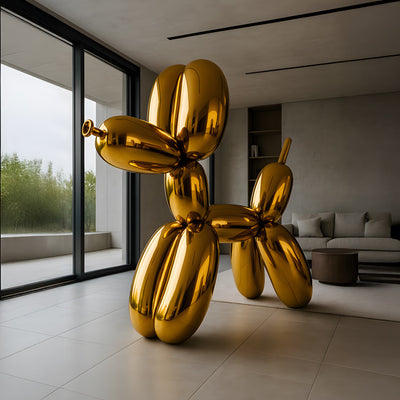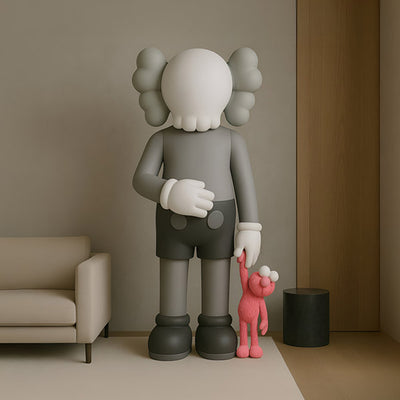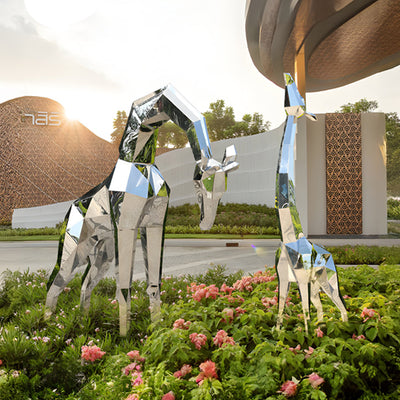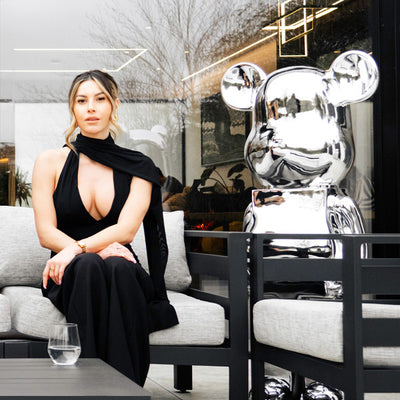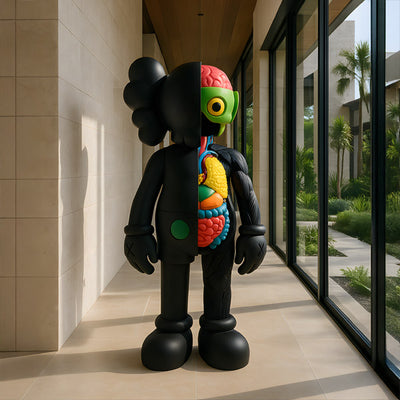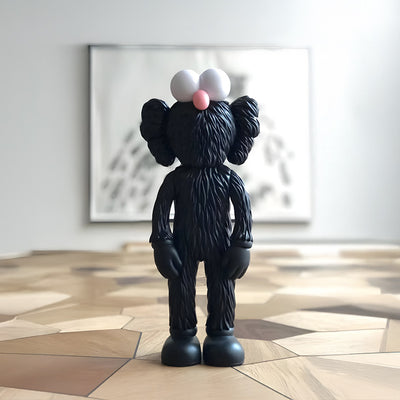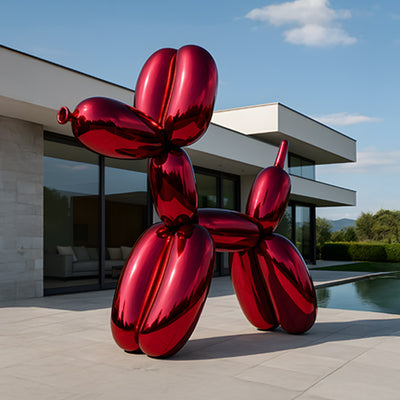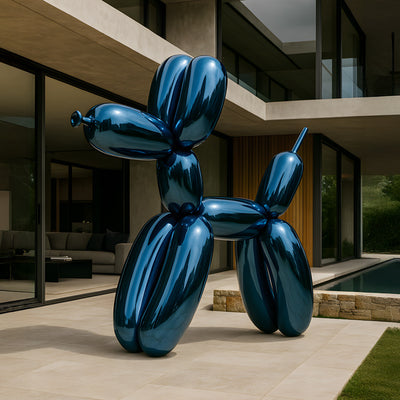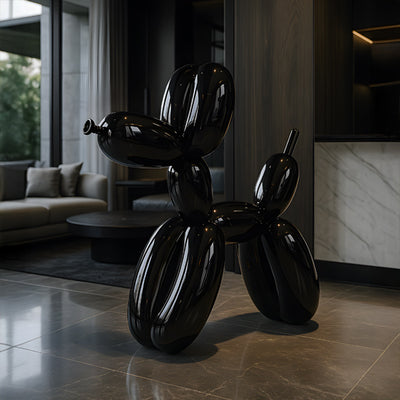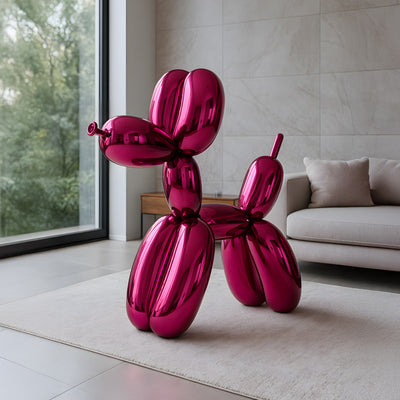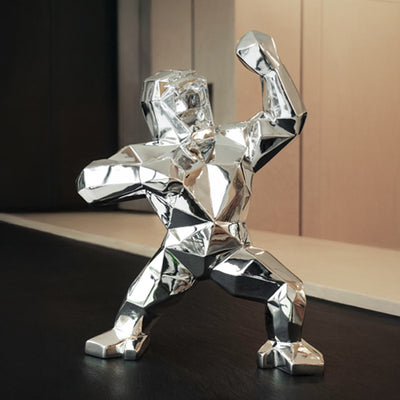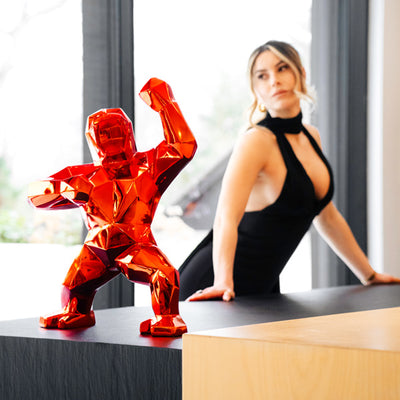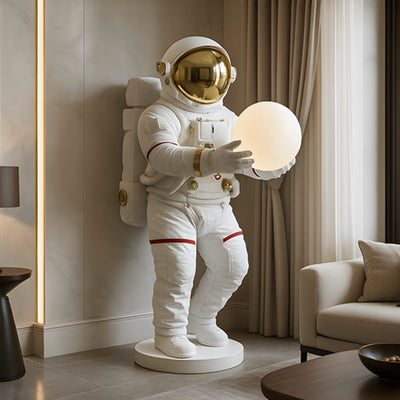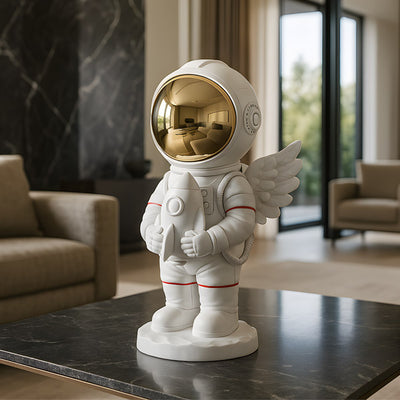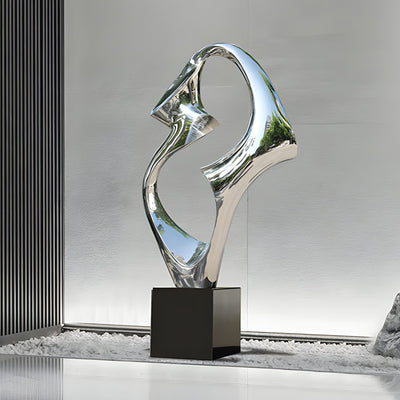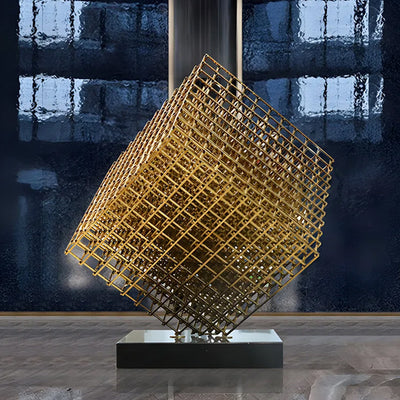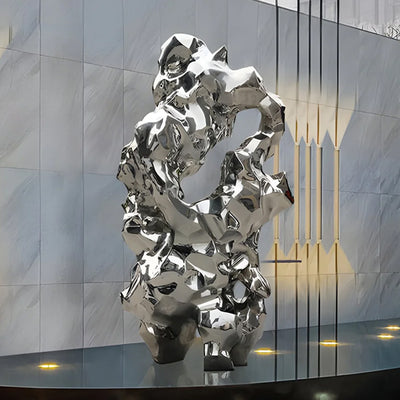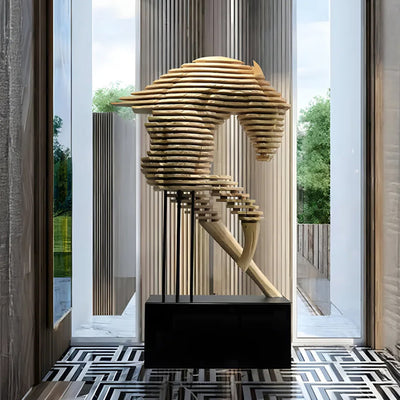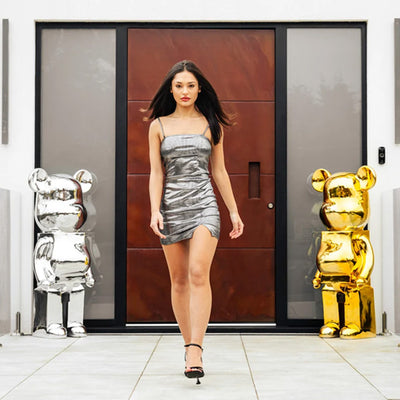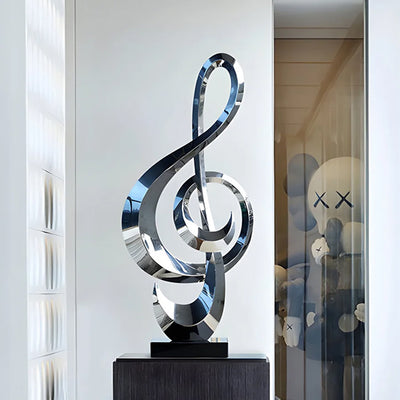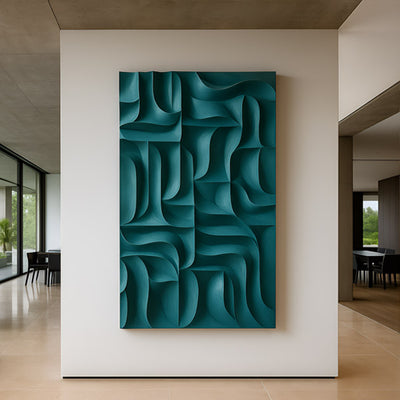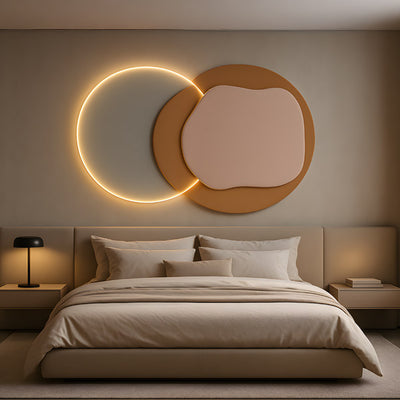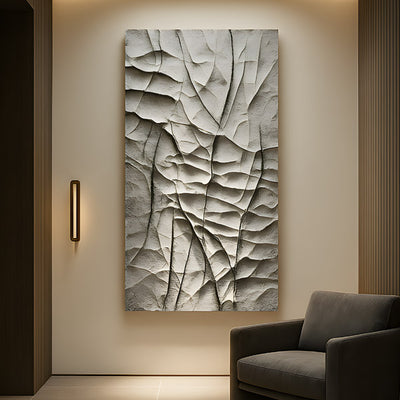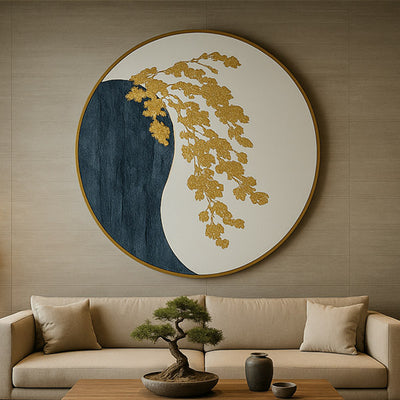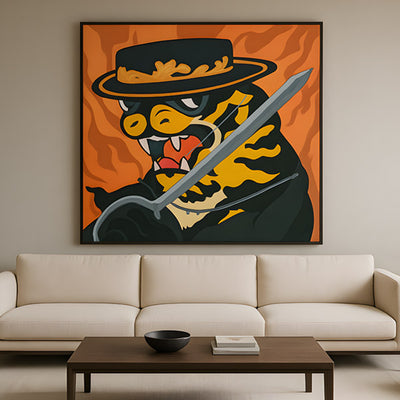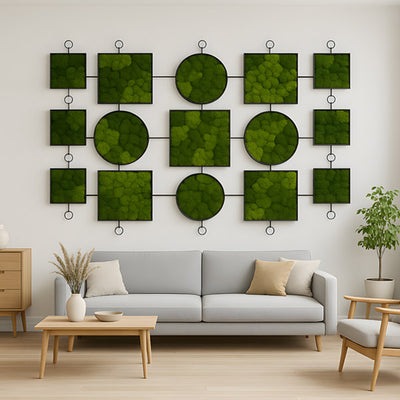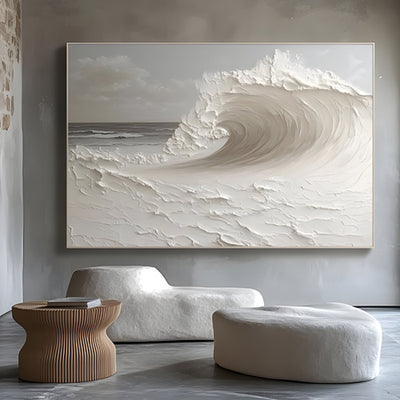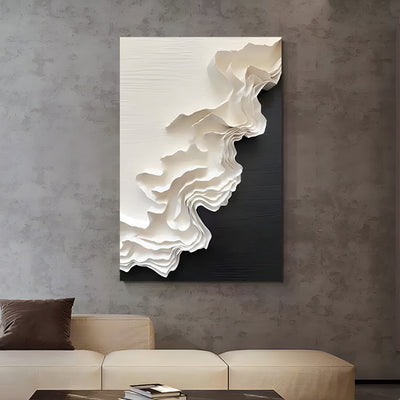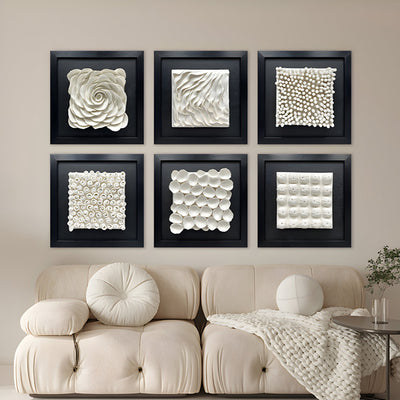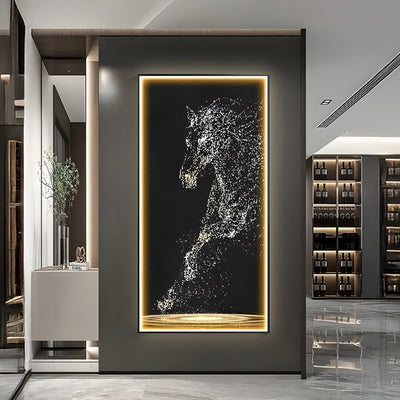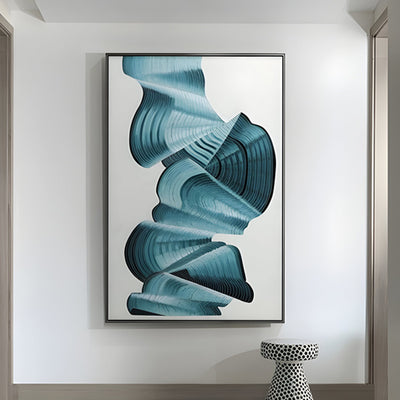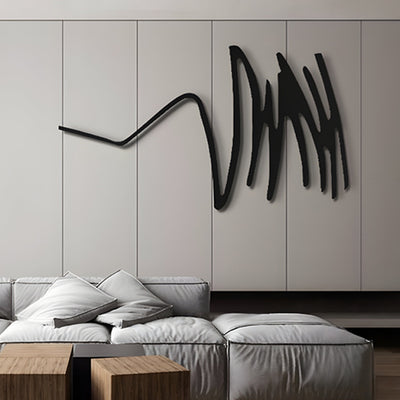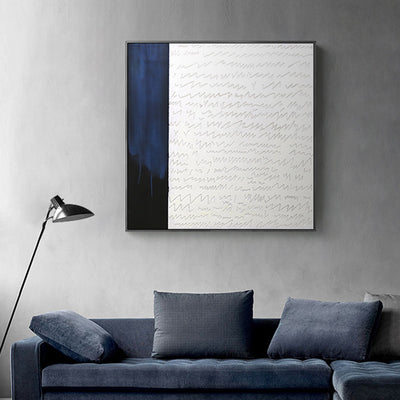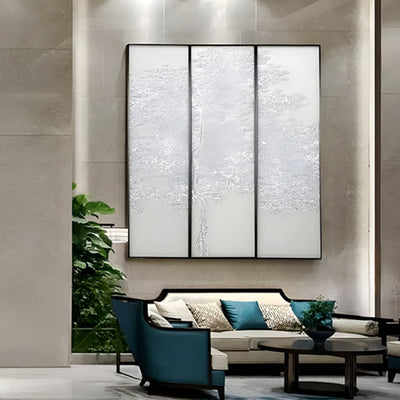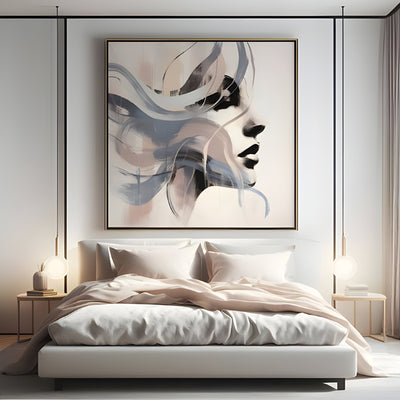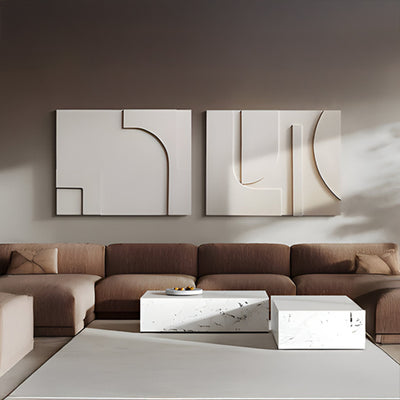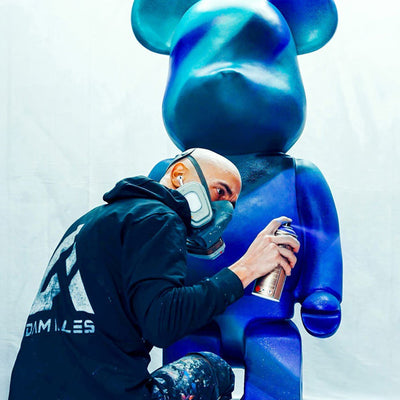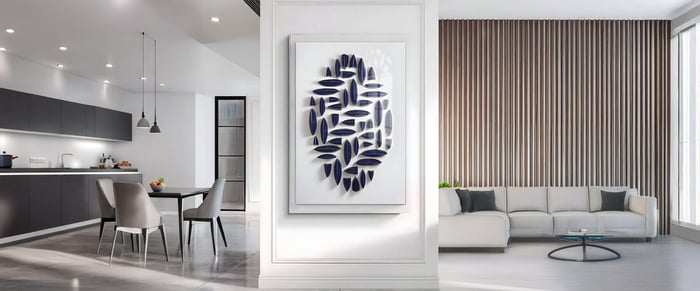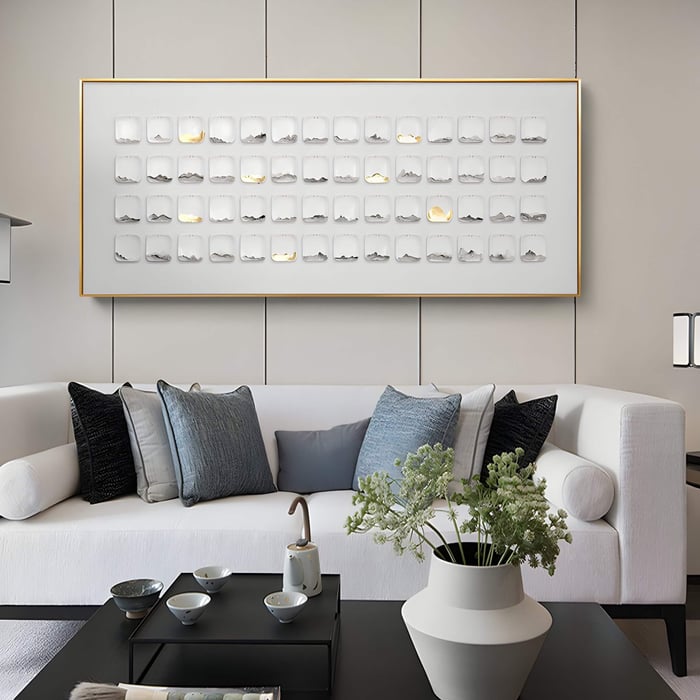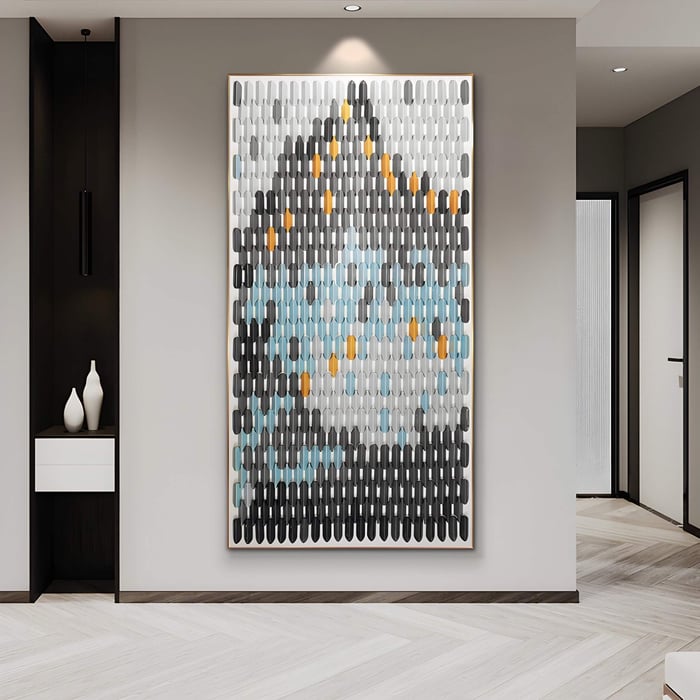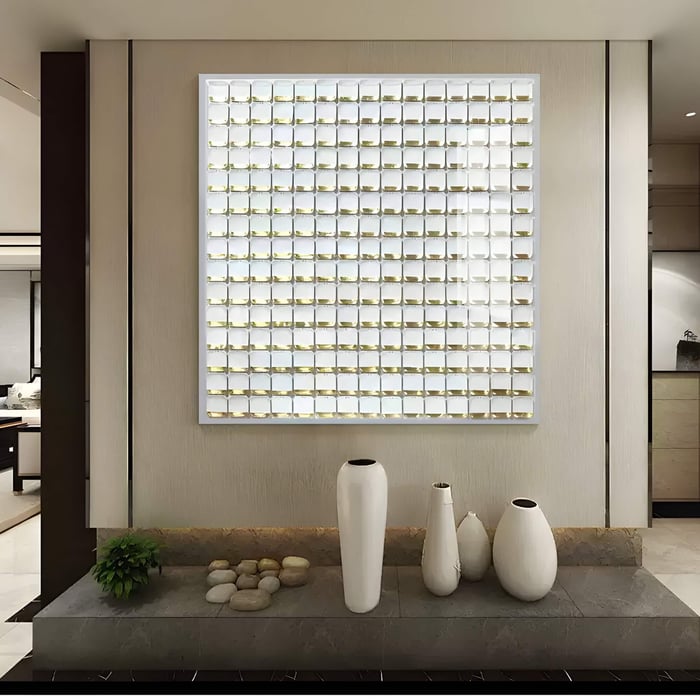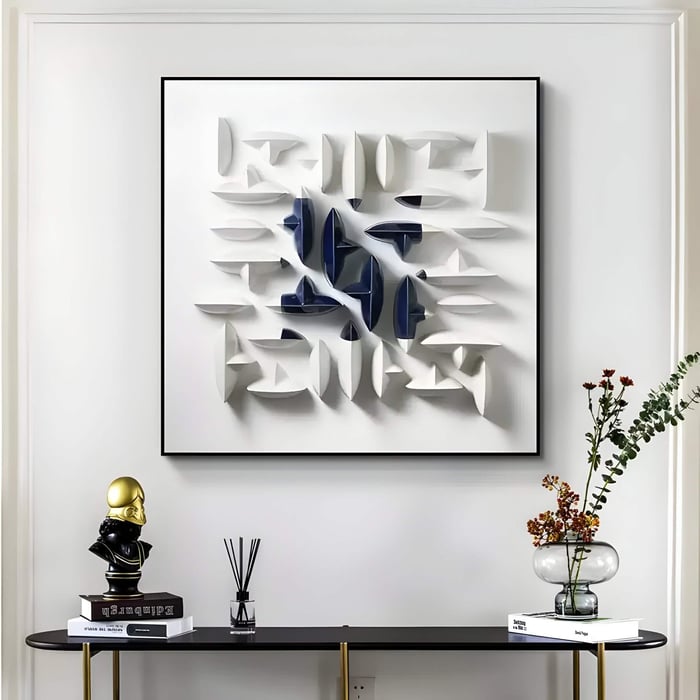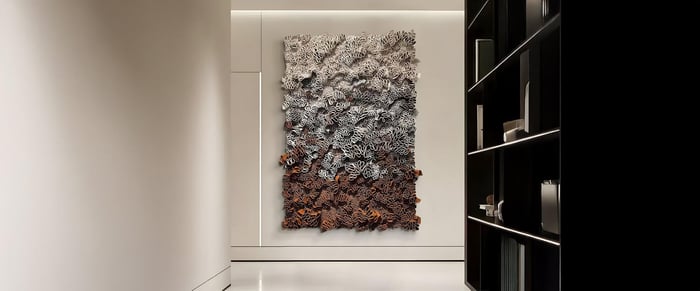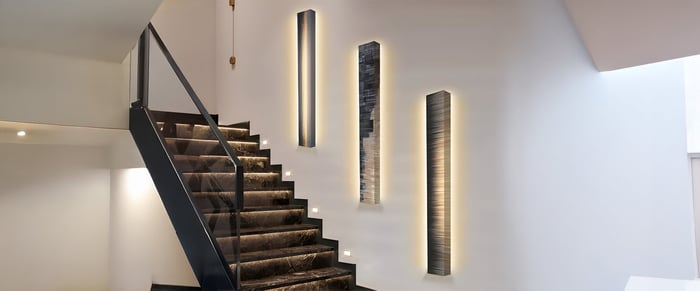Imagine entering a room where your eyes are drawn not just to colour or pattern, but to shapes and textures literally springing from the wall. That’s the power of ceramic art in three dimensions. No longer confined to smooth, flat surfaces, modern sculptural ceramic panels and relief murals bring depth, shadow and a tactile invitation to any space. Whether you favour organic florals that echo nature or bold geometric tessellations that feel strikingly modern, three-dimensional ceramic art transforms passive walls into immersive, sensory experiences.
In this article, we’ll explore why 3D ceramic panels are capturing the imagination of interior designers and homeowners alike. You’ll learn about the materials and techniques that make these pieces possible, discover signature styles and applications, and pick up practical advice on installation, styling and care. By the end, you’ll understand how to harness sculptural ceramic art to breathe fresh life into your interiors.
Why 3D Ceramic Art Works: Adding Depth and Dimension
Visual Impact & Depth
Flat paint and prints rely solely on colour and pattern to make a statement. Sculptural ceramic panels, by contrast, exploit ceramic relief murals to play with light and shadow. As daylight shifts, low-relief petals, faceted polygons or rippling waves cast evolving silhouettes, transforming a static wall into a dynamic focal point. The result is a room that feels alive, its surfaces inviting closer inspection and repeated admiration.
Tactile Engagement
One of the most compelling aspects of ceramic 3D art is its tactile invitation. Raised ridges, sunken grooves and layered clay surfaces beg to be touched. In a lounge or hallway, a ceramic wall sculpture becomes more than decoration: it engages multiple senses, forging a deeper connection between viewer and artwork. Tactile wall panels are particularly effective in hospitality settings, restaurants, boutique hotels or spas, where they enrich the guest experience.
Material Versatility
Sculptural ceramic art thrives on material variety. Porcelain art offers crisp definition and a translucent quality when backlit. Stoneware and earthenware bring warmth and heft, their coarser textures perfectly suited to organic motifs. Terracotta infuses walls with rustic charm. Each clay body carries unique firing properties, allowing artists to mix matte, glossy, reactive or crystalline glazes for endlessly varied surface effects.
Materials & Techniques Behind Sculptural Ceramics
Clay Bodies & Glazes
Earthenware: Fired at lower temperatures, earthenware retains an inviting terracotta hue and works beautifully with matte glazes.
Stoneware: Hard-wearing and slightly vitrified, stoneware tolerates moisture and supports deeper relief work.
Porcelain: Known for its purity and translucency, porcelain art panels can be backlit for a luminous effect.
Glaze Choices: Matte glazes offer soft, muted finishes; glossy glazes reflect light for drama. Reactive and crystalline glazes introduce unpredictable patterns, making each piece one-of-a-kind.
Sculpting Methods
Hand-Built Relief: Using slab, coil or pinch techniques, artists build up clay directly on panels to create low- or high-relief forms.
Slip Carving & Sgraffito: Applying a liquid clay (“slip”) layer, then carving back through it, reveals contrasting textures and colours.
Texture Impressing: Fabrics, foliage, or custom stamps can be pressed into damp clay to leave intricate patterns.
Tile & Panel Fabrication
Modular Tiles: Individual relief tiles, often 20×20 cm or 30×30 cm, are designed to fit together into larger murals.
Backing Materials: Ceramic tiles are often mounted on plywood, concrete board or mesh to ensure stability and ease of installation.
Finishing Touches
Patinas & Metallic Lustres: A final wash of metallic lustre or patina accentuates textures and adds depth.
Underglaze Painting: Detailed colouring before glazing allows greater precision in patterns and shading.
Sealing: For humid interiors or semi-outdoor spaces, an extra clear sealant protects against moisture and staining.
Signature 3D Ceramic Styles & Applications
Organic Motifs
Nature-inspired reliefs - floral blooms, leaf clusters, corals or seashells, bring softness and warmth. A muted, earth-toned ceramic panel above a console table evokes a garden wall in full bloom.
Geometric Reliefs
Faceted polygons and tessellating forms lend a modernist edge. These geometric art panels work beautifully in minimalist lofts or corporate lobbies, where their clean lines and careful symmetry make a powerful statement.
Abstract Expression
Freeform clay drips, undulating waves and pinched textural nubs create dramatic, one-off pieces. Abstract relief murals in bold glazes feel at once organic and avant-garde.
Mixed-Media Fusion
Ceramic combined with metal inlays, wood accents or glass inserts offers layered complexity. Imagine a relief tile punctuated with brass rods or cedar inlays, each material amplifies the other’s tactile qualities.
Functional Sculptural Tiles
Some ceramic panels double as acoustic dampeners, their relief shapes breaking sound waves. Others incorporate backlit LED installations behind translucent porcelain, casting a soft glow through carved perforations.
Monochrome vs Polychrome
A single-hue bas-relief in white or charcoal can be elegantly subtle, allowing shadow play to take centre stage. Conversely, a vibrant multi-glaze mural - blues, greens and ochres, becomes a vivid tapestry that enlivens any room.
Installing & Styling Sculptural Ceramic Art
Mounting Systems
French Cleats: Two-part interlocking brackets that support heavy ceramic panels flush to the wall.
Z-Clip Brackets: Concealed metal clips that allow easy hanging and removal.
Stud-Mounted Tracks: Rail systems affixed to studs to bear the load of larger murals.
Placement Strategies
Eye-Height Anchor: Position the centre of your sculptural panel around 145 cm from the floor for most comfortable viewing.
Feature Walls vs Alcoves: A recessed niche can highlight relief art; a broad, uninterrupted wall is ideal for expansive murals.
Grouping & Composition
Single Statement Panel: A large, solitary relief can anchor a living room or entryway.
Coordinated Grid Arrays: Several smaller tiles arranged in a grid create rhythmic repetition, perfect for hallways or behind bar counters.
Complementary Décor
Pair sculptural ceramics with minimalist furnishings, clean-lined sofas or lacquered tables, so the art remains the focal point. Natural textures - linen drapes, wood floors or stone benches, echo ceramic’s organic origins.
Scale & Proportion Tips
Ensure relief depth doesn’t overwhelm small rooms, allow 5–10 cm clearance from adjacent furniture. In spacious interiors, bolder reliefs up to 15 cm deep create dramatic effect without feeling cramped.
Care & Maintenance of Sculptural Ceramic Wall Art
Routine Dusting: Gently brush relief surfaces with a soft-bristle brush or microfibre cloth, avoid abrasive materials.
Cleaning: For glazed finishes, use a mild, pH-neutral detergent diluted in water. Wipe carefully and dry immediately. Unsealed or matte surfaces should only be dusted.
Inspect Joints & Grout: In tiled installations, check grout lines periodically for cracks or gaps and reseal as needed.
Seasonal Checks: In humid bathrooms or outdoor settings, apply a fresh coat of clear sealant each year to protect against moisture.
Conclusion: Elevate Your Walls with 3D Ceramic Art
Sculptural ceramic art adds a fresh dimension to interior design, turning flat walls into tactile, dynamic installations. By embracing relief techniques, organic blooms, geometric tessellations or mixed-media murals, you introduce movement, shadow and sensory intrigue that static art cannot achieve. Thoughtful installation, complementary décor and simple maintenance ensure your ceramic panels remain captivating for years.
Ready to transform your walls into three-dimensional masterpieces? Explore our curated 3D Ceramic Art collection at Giant Sculptures and discover bespoke relief murals designed to bring depth and character to your home.
